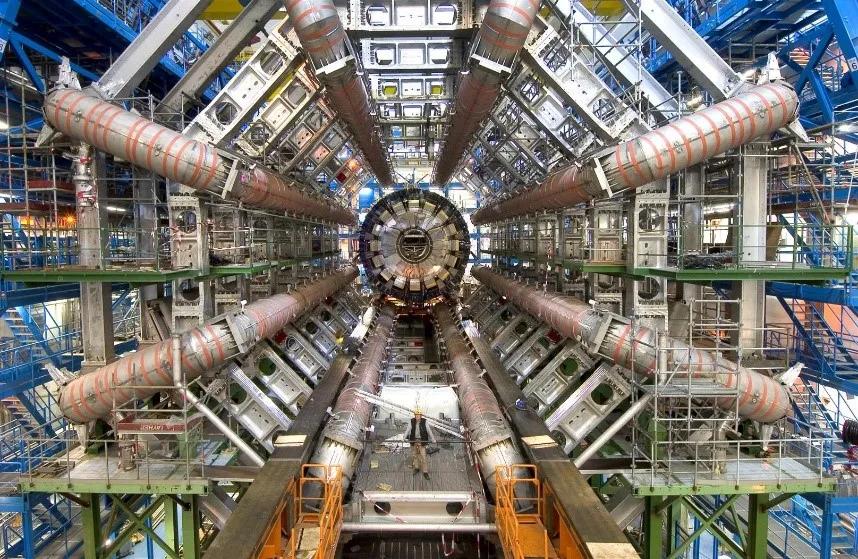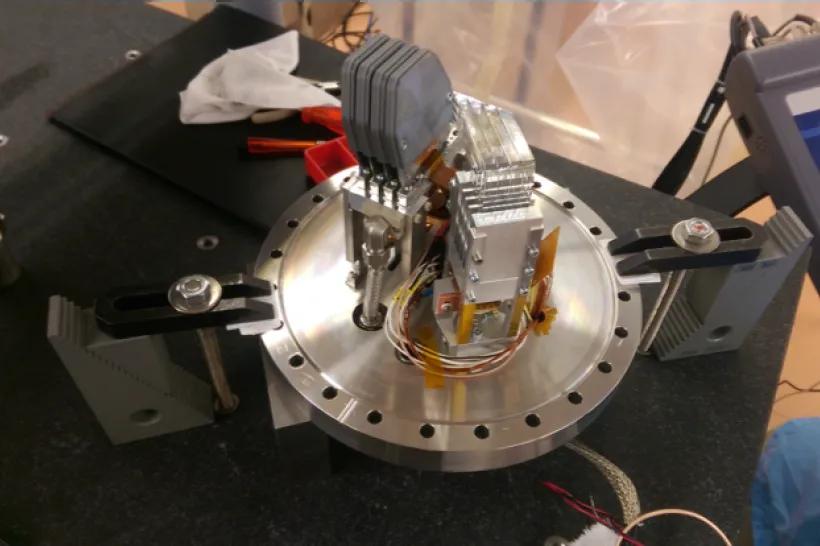Experiments ATLAS and CMS are the two largest Large Hadron Collider (LHC) experiments designed to explore fully the discovery potential of LHC. Unique ATLAS data from proton-proton collisions, currently at the centre of mass energy of 13 TeV, allow us to study the properties of matter and space-time at the highest energy scales achievable at earth laboratories. The most important discovery made by ATLAS and CMS experiments is so far the discovery of Higgs boson in 2012. The ATLAS experiment is focusing on measuring the properties of Higgs boson and other elementary particles and on the search for new phenomena that would go beyond the Standard Model of elementary particle physics. To goal is to find new experimental facts that would provide a deeper understanding of current open questions of particle physics and connected fields, cosmology and theoretical physics, like the origin of dark matter, the problem of mass hierarchy of elementary particles, or dominance of matter over antimatter. Our researchers focus on the following topics: physics of top quark, physics of b-quark, and physics of electro-weak and strong interactions.
Institute of Physics is a founding member of the ATLAS Collaboration. This group of about 3000 scientists from 183 laboratories and universities around the world has built-in years 1992-2008 the ATLAS detector. Our researchers and engineers contributed mainly to the design and construction of the Inner Tracker Detector and hadronic calorimeter Tilecal. New laboratories were provided in the premises of the institute for testing semiconductor sensors and for assembling Tilecal modules. Close cooperation with industry led to concluding contracts of Czech companies with CERN, resulting in deliveries of pixel sensors, various high and low voltage power supplies, and vacuum components.
Besides the operation and maintenance of current inner tracker detector and calorimeter, our group is involved in the upgrade of Tilecal and in the construction of new Inner Tracker (ITk) capable to operate in a radiative hard environment of High Luminosity LHC (HL-LHC). Institute of Physics took responsibilities in the construction of ITk parts based on strip semiconductor sensors. More than 4500 sensors and 750 modules are foreseen to be tested and assembled in a new clean laboratory that was set up in the premises of our institute. This is a major ATLAS HL-LHC task for the whole Czech ATLAS community. It is carried on together with three other Czech ATLAS institutes: Charles University, Czech Technical University in Prague, and with Palacký University in Olomouc.
The subject of special interest in our group is physics with forwarding protons. The group was involved in the construction of AFP (ATLAS Forward Proton) detector from the very beginning, starting from the conceptual design, formulation of physics program, up to the installation in LHC tunnel and the analysis of ATLAS data related to the forward proton physics.











